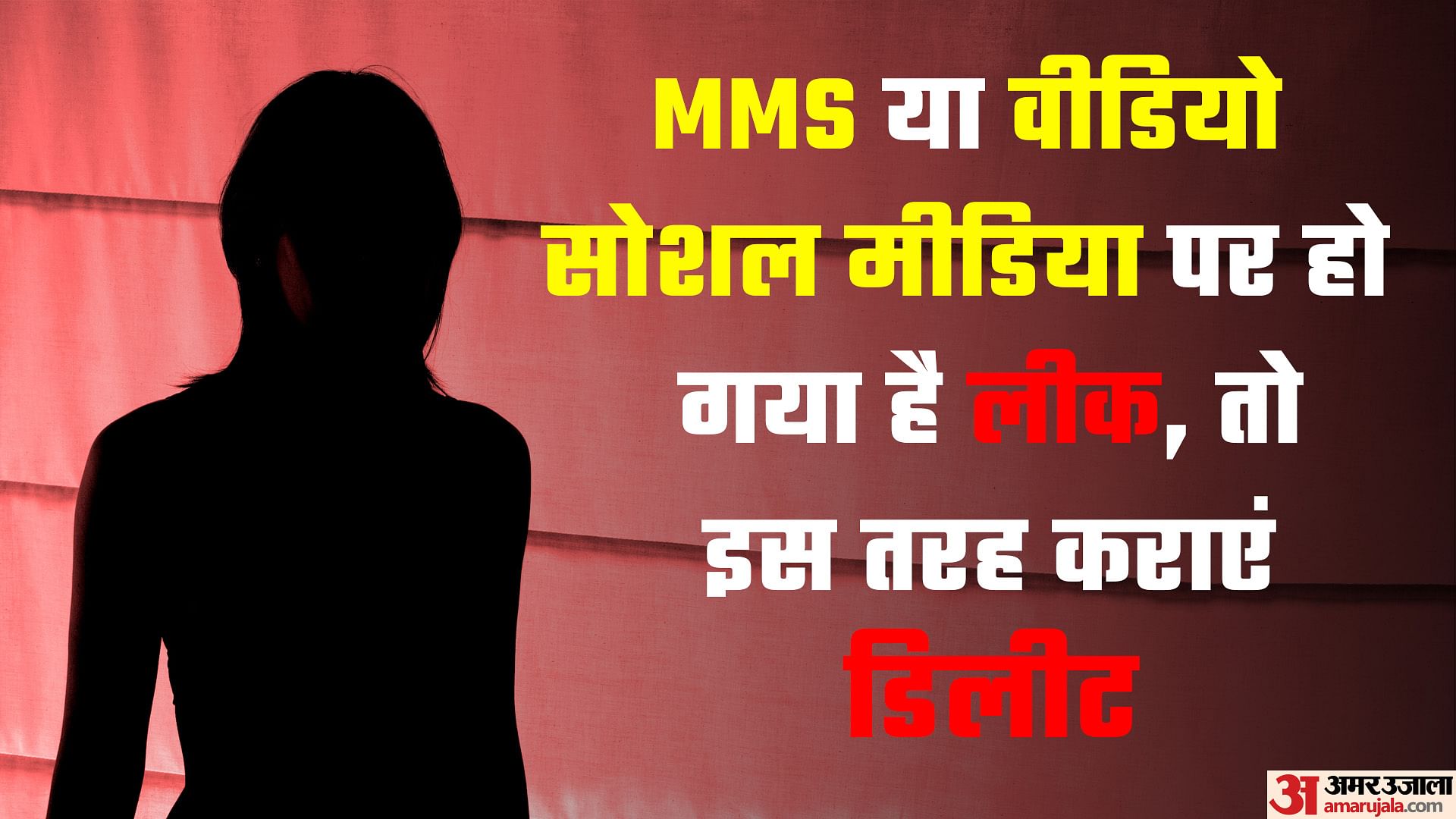Viral MMS Video News: The Ultimate Guide To Understanding Its Impact And Influence
Ever wondered why viral MMS video news has taken the world by storm? It's not just about random clips floating around; it's a cultural phenomenon that shapes how we consume information today. From breaking news to sensational content, these videos have redefined the way stories spread across the globe. Whether you're scrolling through social media or checking your phone messages, chances are you've come across at least one viral MMS video that left an impression. So, what makes them so powerful?
Viral MMS video news isn't just a trend; it's a game-changer in the world of digital communication. These short, impactful clips can reach millions within hours, creating conversations and sparking debates worldwide. The ease of sharing and accessibility makes them incredibly popular among younger audiences who prefer quick, digestible content over lengthy articles.
But hold up—there's more to this phenomenon than meets the eye. In this article, we'll dive deep into the world of viral MMS video news, exploring its origins, impact, and the ethical considerations surrounding it. So buckle up, because we're about to take you on a ride through the wild west of modern journalism!
- Filmyfly Dilwale The Ultimate Guide To Your Favorite Movie Streaming Destination
- Filmyfly 2025 Your Ultimate Hub For Gujarati Movie Downloads
What Exactly Is Viral MMS Video News?
Let’s break it down. Viral MMS video news refers to short clips or snippets of information sent via Multimedia Messaging Service (MMS) that gain rapid popularity online. Unlike traditional news broadcasts, these videos are often unfiltered, raw, and emotionally charged, making them irresistible to share. Think of them as digital wildfire—once lit, they spread uncontrollably across platforms like WhatsApp, Instagram, Twitter, and beyond.
The beauty of MMS lies in its simplicity. All you need is a smartphone and an internet connection to create and distribute content. This accessibility has democratized the news landscape, giving everyone a voice. However, with great power comes great responsibility, which we'll explore later in this article.
Why Are Viral MMS Videos So Effective?
There’s a reason why viral MMS video news resonates so deeply with people. Here are some key factors that make these videos hard to ignore:
- Vegamovies In 30 Your Ultimate Guide To Stream Movies Like A Pro
- Filmyfly Com Web Series Your Ultimate Destination For Latest Entertainment
- Emotional Appeal: Most viral MMS videos tug at our heartstrings, whether it's joy, anger, or sadness. They tap into universal emotions that connect us as humans.
- Brevity: In today's fast-paced world, attention spans are shorter than ever. Viral MMS videos deliver their message quickly, ensuring maximum impact in minimal time.
- Authenticity: Unlike polished news segments, these clips often feel real and unscripted, adding to their credibility (or lack thereof, depending on the source).
- Shareability: The ease of forwarding MMS messages means content can travel far and wide in seconds. It's like playing a global game of telephone, except instead of words, it's visuals.
The History Behind Viral MMS Video News
To truly understand the phenomenon, we need to look back at its roots. The concept of sharing videos via MMS isn't new. It dates back to the early 2000s when mobile networks first introduced multimedia messaging services. Back then, sending a photo or short clip was considered groundbreaking technology. Fast forward to today, and MMS has evolved into a powerhouse tool for disseminating information.
With the rise of smartphones and social media platforms, the potential of MMS exploded. Suddenly, anyone could become a content creator, sharing their experiences with the world. This shift marked the beginning of citizen journalism, where ordinary people could report events in real-time, often faster than professional outlets.
Key Milestones in the Evolution of MMS
Here are a few pivotal moments that shaped the evolution of viral MMS video news:
- 2003: MMS becomes widely available, allowing users to send images and videos over mobile networks.
- 2007: The launch of the iPhone revolutionizes mobile technology, making video sharing easier than ever.
- 2010s: Social media platforms integrate MMS functionality, enabling seamless sharing across networks.
- 2020s: Viral MMS videos play a crucial role in spreading awareness during global events, such as the pandemic and social justice movements.
How Viral MMS Videos Influence Public Opinion
Viral MMS video news doesn't just inform—it shapes perceptions. When a video goes viral, it can sway public opinion on everything from politics to entertainment. For example, a single clip of a protest or celebrity mishap can spark nationwide conversations. But here's the catch: not all viral content is created equal.
While some videos provide valuable insights, others may be misleading or outright false. This raises important questions about the reliability of information shared through MMS. How do we separate fact from fiction in a sea of viral content? That's where critical thinking and media literacy come into play.
Tips for Evaluating Viral MMS Videos
Before hitting that "forward" button, consider the following:
- Source Verification: Check who originally created the video and whether they're a credible source.
- Context Matters: Ensure the clip isn't taken out of context, as this can distort the truth.
- Fact-Check: Use trusted websites and tools to verify the information presented in the video.
- Be Skeptical: If something seems too good (or bad) to be true, it probably is.
The Role of Social Media in Amplifying Viral MMS Videos
Social media acts as a megaphone for viral MMS video news, amplifying its reach exponentially. Platforms like Facebook, Twitter, and TikTok have algorithms designed to prioritize engaging content, often pushing viral videos to the forefront. This creates a feedback loop where the more a video is shared, the more visibility it gains.
However, this amplification can have both positive and negative effects. On one hand, it allows underrepresented voices to be heard. On the other, it can perpetuate misinformation and harmful narratives. As consumers of content, we must remain vigilant and discerning in our consumption habits.
Popular Platforms for Viral MMS Videos
Here are some platforms where viral MMS videos thrive:
- WhatsApp: A favorite for private sharing among friends and family.
- Instagram Reels: Perfect for bite-sized, visually appealing content.
- TikTok: Known for its viral dance challenges and trending topics.
- Twitter Threads: Ideal for contextualizing viral clips with additional information.
The Impact of Viral MMS Video News on Traditional Media
The rise of viral MMS video news has disrupted traditional media models. Newspapers and television networks now face stiff competition from citizen journalists armed with smartphones. While this democratization of information is empowering, it also challenges established institutions to adapt and evolve.
Many mainstream outlets have embraced the trend by incorporating user-generated content into their reporting. This collaboration between traditional and digital media creates a richer, more diverse narrative. However, it also blurs the lines between verified journalism and raw, unfiltered content.
Challenges Faced by Traditional Media
Here are some hurdles traditional media faces in the age of viral MMS video news:
- Speed vs Accuracy: Competing with real-time updates from social media can compromise journalistic integrity.
- Resource Allocation: Verifying and curating user-generated content requires significant investment in technology and personnel.
- Public Trust: Maintaining credibility in a landscape dominated by sensationalism is no easy feat.
Ethical Considerations in Viral MMS Video News
As with any powerful tool, viral MMS video news comes with ethical responsibilities. Creators and consumers alike must navigate the fine line between sharing valuable information and spreading harm. Issues such as privacy invasion, copyright infringement, and misinformation demand careful consideration.
For instance, a well-intentioned clip documenting a protest might inadvertently expose individuals to danger. Similarly, edited or manipulated videos can distort reality, leading to confusion and mistrust. By adhering to ethical guidelines, we can harness the potential of viral MMS video news while minimizing its risks.
Best Practices for Responsible Sharing
Here are some tips for responsible sharing of viral MMS videos:
- Respect Privacy: Avoid sharing content that could harm or embarrass others.
- Credit Sources: Give credit where it's due to maintain transparency.
- Verify Content: Ensure the information is accurate before sharing.
- Encourage Dialogue: Foster constructive discussions rather than fueling divisiveness.
Conclusion: Navigating the World of Viral MMS Video News
In conclusion, viral MMS video news represents a fascinating intersection of technology, culture, and communication. Its ability to connect people across the globe is unparalleled, yet it also poses significant challenges. As we continue to navigate this ever-evolving landscape, it's crucial to approach viral content with both curiosity and caution.
We encourage you to share your thoughts and experiences in the comments below. What role do you think viral MMS videos will play in shaping the future of journalism? And don't forget to check out our other articles for more insights on trending topics. Together, let's keep the conversation alive and meaningful!
Table of Contents
- What Exactly Is Viral MMS Video News?
- Why Are Viral MMS Videos So Effective?
- The History Behind Viral MMS Video News
- How Viral MMS Videos Influence Public Opinion
- The Role of Social Media in Amplifying Viral MMS Videos
- The Impact of Viral MMS Video News on Traditional Media
- Ethical Considerations in Viral MMS Video News
- Conclusion: Navigating the World of Viral MMS Video News
Article Recommendations
- 955 Unraveling The Enigma Of This Magical Number
- Vegamovies 2025 Hindi Dubbed Download Filmyzilla Your Ultimate Guide



Detail Author:
- Name : Rita Heathcote
- Username : mkreiger
- Email : elisha13@hotmail.com
- Birthdate : 1997-11-07
- Address : 6479 Joel Village Emilieview, IA 69851
- Phone : 1-413-582-1950
- Company : Kohler-Powlowski
- Job : Data Entry Operator
- Bio : Fuga sint facilis sapiente quibusdam. Neque voluptatem atque enim sed pariatur ratione reprehenderit. Rerum ut accusamus voluptas.
Socials
linkedin:
- url : https://linkedin.com/in/arlie_real
- username : arlie_real
- bio : Totam dignissimos omnis quaerat.
- followers : 2993
- following : 710
instagram:
- url : https://instagram.com/arliehane
- username : arliehane
- bio : Facere ut velit rerum maxime. Unde fugiat id aut. Omnis aut rerum voluptatibus.
- followers : 942
- following : 115
tiktok:
- url : https://tiktok.com/@ahane
- username : ahane
- bio : Laborum id ut optio nihil et temporibus ut. Minus nobis eum dicta velit.
- followers : 5266
- following : 391